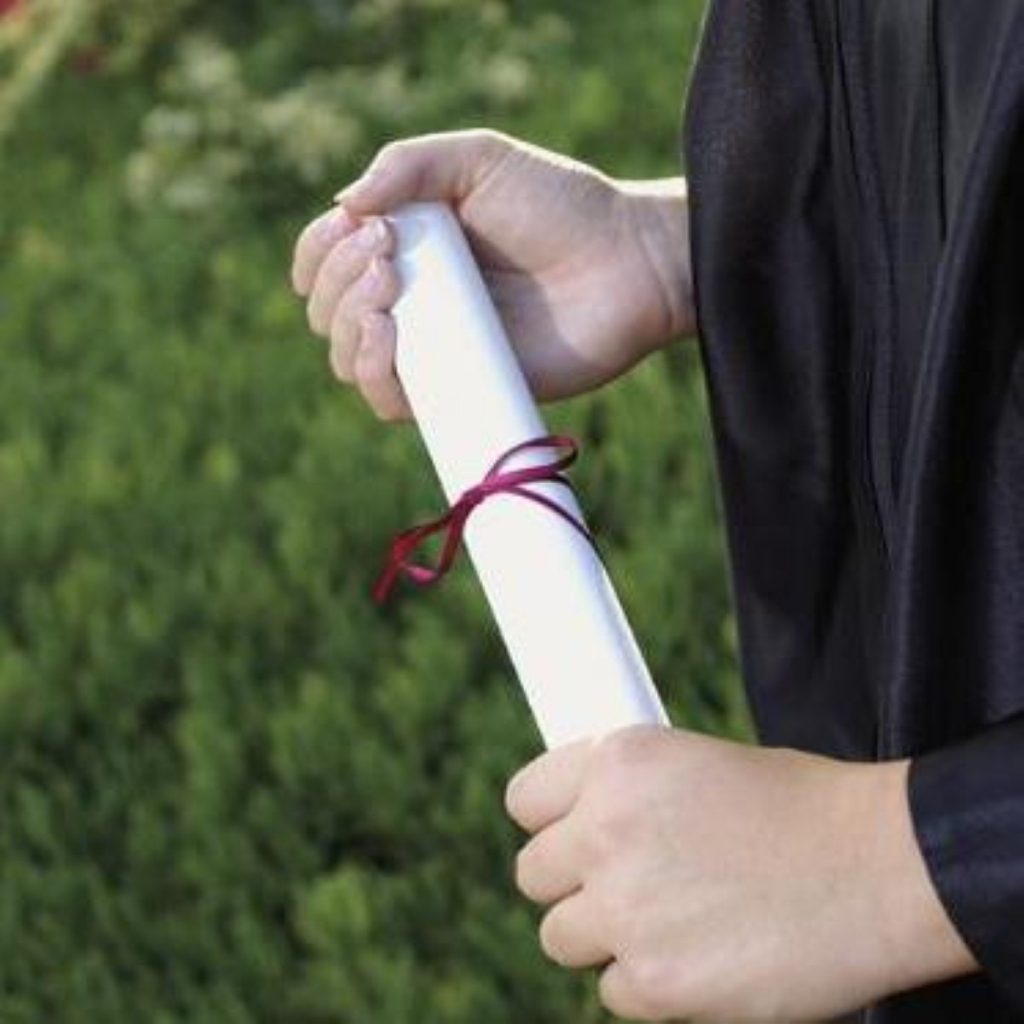Fewer students but top-up fees ‘not a deterrent’, govt insists
The government has denied that a drop-off in university entrants after the introduction of variable tuition fees is proof top-up fees have deterred students from starting university.
Ministers maintain acceptances and applications to higher education are at an all time high despite falling in 2006 after the government allowed universities to charge students up to £3,000.
Figures released today by the Department for Innovation, Universities and Skills (DIUS) show a 17- to 30-year-old was two per cent less likely to be in higher education in 2006-07 compared to 2005/06, before the introduction of top-up fees.
The higher education initial participation rates (HEIPR) show participation in 2005-06 was at 42 per cent but this fell to 2006/07 the following year.


The DIUS said the figures were historical and insisted participation is again rising.
Higher education minister Bill Rammell, said: “We have known for a long time that applications fell in 2006/07, which coincided with the introduction of variable fees. This has led to the reduction in the higher education initial participation rates, which is published today.
“But acceptances have recovered strongly, with 17,730 more students accepted in 2007, taking the total from 289,229 in 2006 to 306,959.”
He said the figures for 2008-09 so far suggest a rise of seven per cent, with 20,700 more applications compared to this time last year.
“These figures clearly show that variable tuition fees are not deterring people from applying to higher education, as the doom-mongers predicted,” Mr Rammell added.
The government has said it wants 50 per cent of people to pass through higher education, based on recommendations in the Leitch Review and the demand for highly-skilled employees.
The HEIPR figures show women are closer to meeting this target, but were more likely to reject university in the wake of increased costs.
Participation among women fell from 48 per cent in 2005/06 to 45 per cent in 2006/07. Figures for men dropped from 37 per cent to 34 per cent respectively.
Overall participation rates reached a high of 42 per cent in 2005/06, having risen from 39 per cent in 1999.
Despite mild fluctuations across the board, figures for part-time students have remained unchanged at six per cent for the past three years.
The University and College Union (UCU) has warned the government against complacency.
UCU general secretary Sally Hunt said: “The self-congratulatory remarks of Bill Rammell about applications and acceptances since 2006/07 are ill-judged, given these latest participation figures.
“The drop in students in 2006/2007 from the previous year must serve as a warning to the government as it prepares next year’s review into the impact of top-up fees.”

